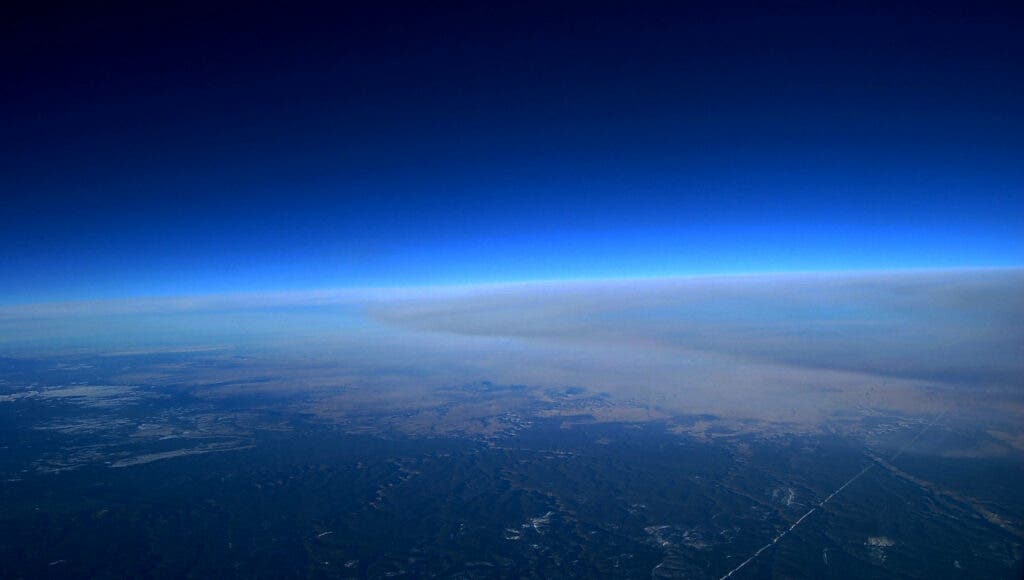
The copious amounts of greenhouse gases that human activity has released into the atmosphere have predictably warmed the troposphere, the first 18-20 km layer of the atmosphere where all living things can be found. The troposphere is now a full one degree Celsius hotter, on average, than it used to be during the Industrial Revolution in the 19th century. But the troposphere is not only getting hotter, it’s growing thicker too.
Climate scientists led by Jane Liu from the University of Toronto analyzed a trove of atmospheric data pertaining to things such as pressure, temperature, and humidity collected by weather balloons and GPS satellites between 1980 and 2020. They used these measurements to build a model of how the troposphere’s dimensions have changed across the decades, specifically in the northern hemisphere where the troposphere height is believed to be more influenced by greenhouse gases than in the southern hemisphere.
The analysis showed that the tropopause — the boundary layer between the troposphere and the stratosphere — has increased in altitude at a rate of about 53.3 meters per decade between 2001 and 2020. This rate is slightly higher than the one experienced between 1980 and 2000, a period when there were considerably fewer carbon emissions than seen today.
The rate of increase in the altitude of the troposphere excluded natural variations such as El Niño or volcanic eruptions, the authors reported in the journal Science Advances.
According to the researchers, tropopause altitude is a proxy for anthropogenic climate change. The tropopause is now found higher than it used to be just a decade ago because it has been pushed by the expansion of the troposphere, which in turn was driven by an increase in the concentration of CO2, methane, and other greenhouse gases.
“Our work tells us human-activity-induced climate change can make a difference to many aspects of our daily lives,” Liu told New Scientist. “Now we see it… in changes to our tropopause height.”
Meanwhile, as the troposphere is getting thicker, the stratosphere is thinning. In the stratosphere, greenhouse gases have the opposite effect, cooling it with increased concentration. In the past three decades, temperatures in the stratosphere have dropped by between 5 and 10 degrees Celsius.
In a 2021 study published in the journal Environmental Research Letters, an international team of researchers from the Czech Republic, Austria, Germany, and the USA, found that the stratosphere, the second layer of the atmosphere, is 400 meters thinner than it was in the 1980s.






